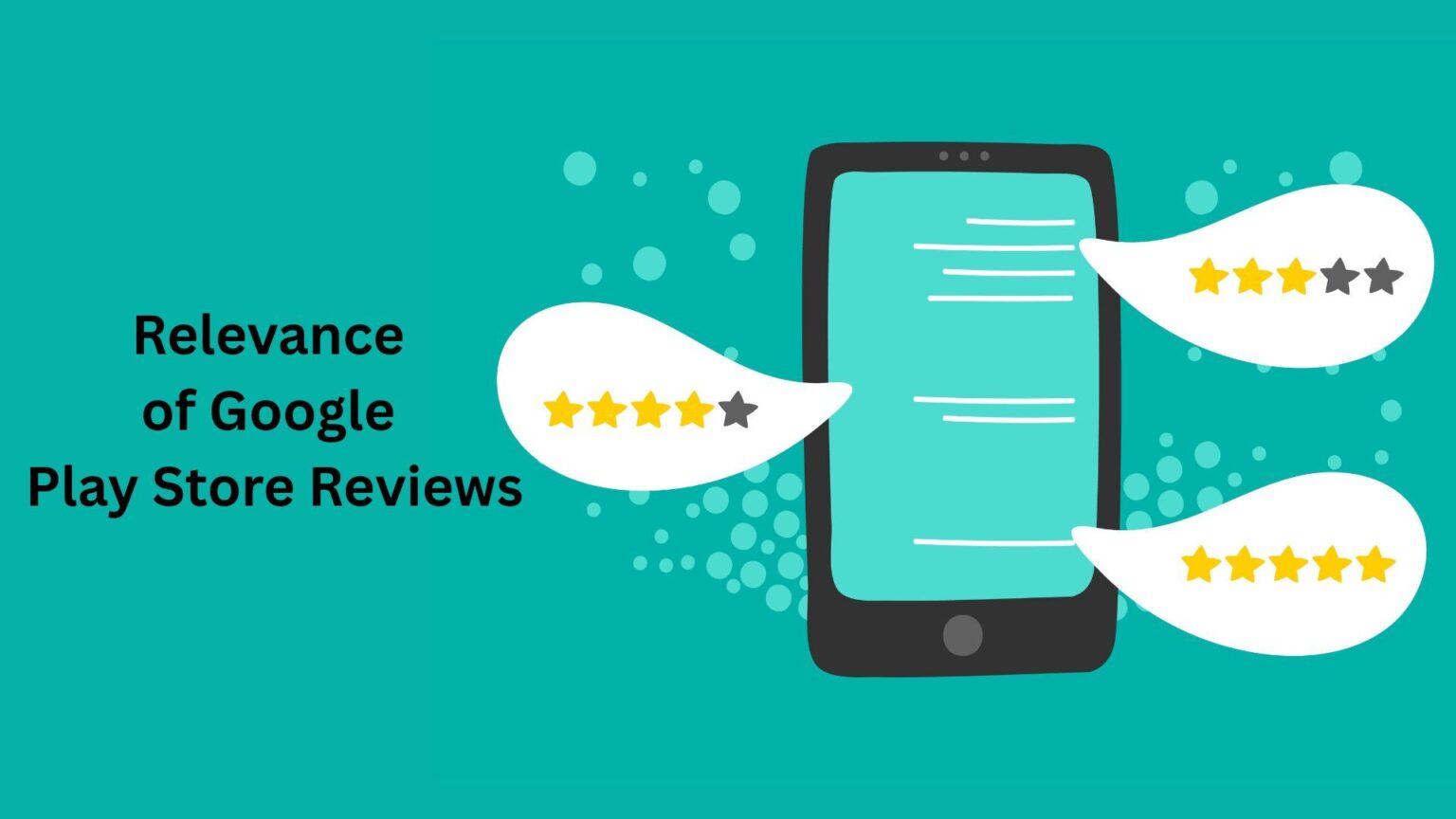The Relevance of Google Play Store Reviews According to User Devices.

The Google Play Store’s algorithm continues to rely heavily on an app’s reviews and ratings when deciding which apps to feature and recommend. Ratings also remain a key factor influencing user download decisions. To ensure the review system remains fair for both developers and users, Google has maintained its policies and guidelines for ratings and reviews.
One of the notable updates is that reviews and ratings are now more tailored by device type and context. Previously announced years ago, the device-type segregation of ratings has been refined and is now actively built into the store presentation.
In the Play Store’s review section, users may see a message such as:
“Verified you have been shown feedback from people using the same type of device as you.”
This reinforces that the reviews displayed are from users on devices similar to yours.
What the Device-Specific Review Update Means for Apps
- As Android apps increasingly support multiple form-factors (phones, tablets, foldables, Chrome OS, TVs), device-centric ratings become more relevant. For example, a user on a tablet, foldable, or Android TV will now see reviews more reflective of that form-factor rather than relying solely on phone-user feedback.
- While the average star rating remains globally consistent, Google now filters reviews and shows review counts by device type. The number of ratings displayed for an app on a phone may be much higher than on a tablet or Chromebook even if the average remains the same.
- This shift means that performance on one device type (e.g., phones) does not guarantee visibility or positive review perception on another (e.g., tablets or TVs). Developers must ensure consistent app quality across all supported form-factors.
- The Google Play Console now provides deeper insights into device-specific performance through tools like the Device Catalog, helping developers better understand installs, ratings, and revenue by device type.
- In 2025, Google also enhanced its review management system with improved spam detection, smarter review ranking, and more transparent moderation policies, ensuring greater relevance and authenticity in Play Store reviews.
Implications for ASO and Growth Strategy
- Monitor your app’s ratings and reviews by device type in the Play Console. Poor performance on one form-factor can negatively impact your conversion among users on that specific device.
- Optimize your Play Store listing with screenshots, videos, and copy that highlight the experience across multiple device types, aligning your content with the device-first rating display model.
- Use the In-App Review API to prompt users for feedback without navigating away from the app. This can help gather contextual and timely ratings from users on the specific device they’re using.
- Address device-specific feedback promptly by reviewing user concerns about UI/UX or performance issues tied to specific devices, such as ChromeOS or foldables.
- For user acquisition, consider segmenting campaigns by device type. Leverage stronger-performing segments (e.g., phones or tablets) to expand into weaker areas after resolving form-factor challenges.
Conclusion
As Google continues to evolve the Play Store experience, device-specific ratings and reviews have become a critical part of how apps are evaluated, discovered, and downloaded in 2025. With users relying more on peer feedback from similar devices, app developers and ASO teams must rethink their optimization approaches.
Ensuring consistent app performance across phones, tablets, foldables, Chromebooks, and other form-factors is now essential not just for usability but for visibility and conversion. By staying informed, adopting Play Console insights, and adapting marketing and product strategies for device diversity, developers can better position their apps for growth in the increasingly segmented Android ecosystem.


